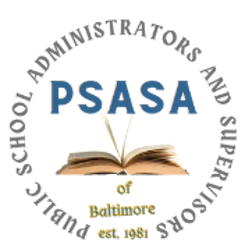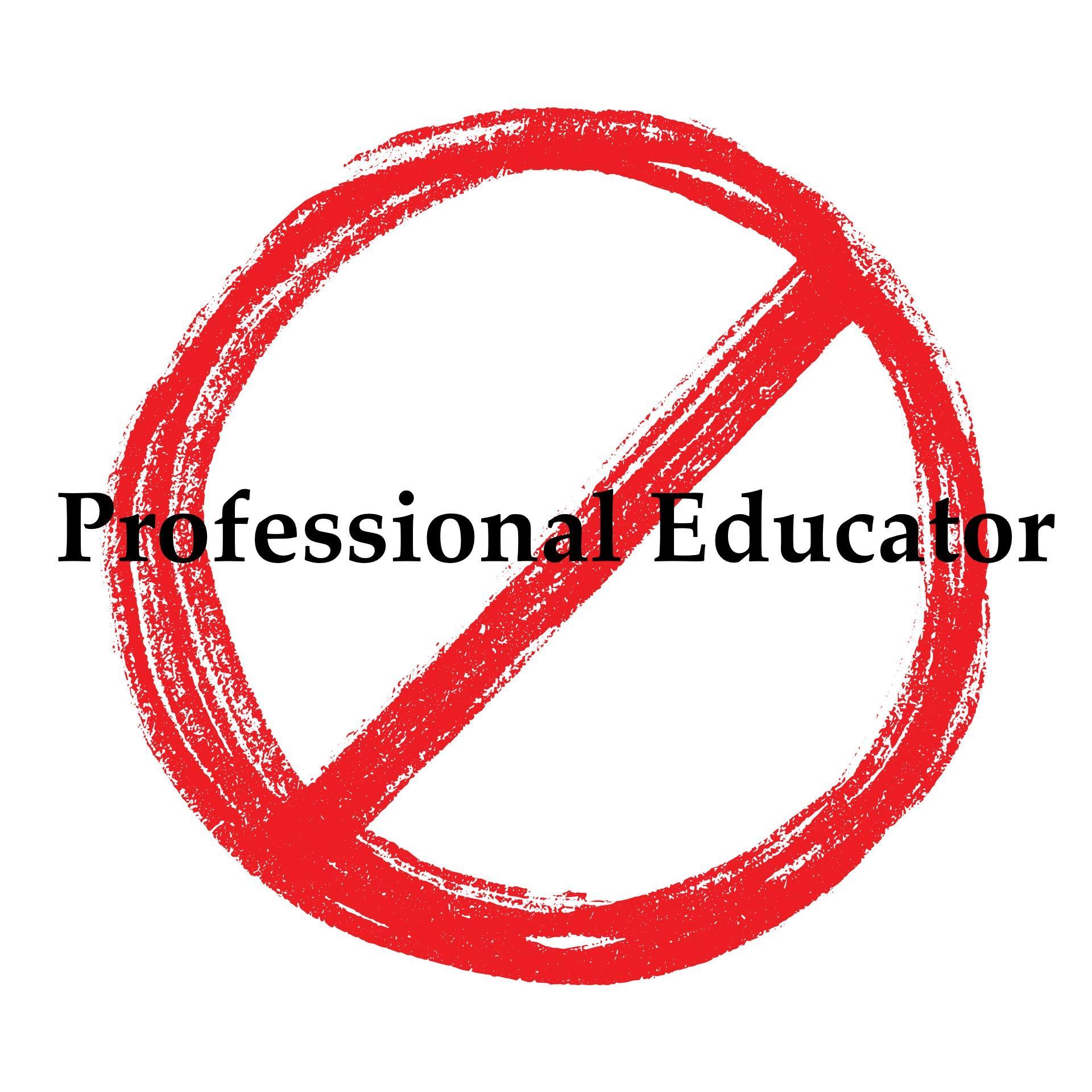At the very moment when the United States should be strengthening pathways into the education professions, the U.S. Department of Education has taken a deeply discouraging step by reclassifying who is considered a “professional” for federal purposes, including student loan programs. In this technical, but consequential change, teachers and school leaders are no longer recognized as professionals under key federal definitions, undermining the workforce our schools desperately need to recruit and retain.
Across the country, school districts are facing an escalating crisis: fewer people are entering the education profession, fewer are staying, and the pipeline for both teachers and school leaders is shrinking at an alarming rate. Every part of the educator workforce pipeline, from classroom teachers, assistant principals and principals to central office administrators and district leaders, is under strain.
“For the federal government to claim that educators like school leaders are not professionals is both wrong and disrespectful. The people who serve in our schools every day have earned advanced degrees, hold immense responsibility, and are the backbone of every public school in this nation,” said AFSA President Mark Cannizzaro. “This decision to reclassify our work diminishes the people who dedicate their lives to children, and it further weakens an already fragile educator pipeline. AFSA will not stand by this change. We will fight to restore the recognition and respect our professionals deserve.”
While the Trump administration frames this as a small technical adjustment, its implications for federal support of educators are far-reaching, including:
- Reduced eligibility for student loan benefits and forgiveness programs
- Undermined recognition of advanced degrees that teachers and school leaders have already earned
- Weakened professional status for an entire workforce at a time when recruitment and retention are already in crisis
The policy also creates a two-tier federal loan system:
- Tier One professional degrees: $50,000 per year, $200,000 lifetime maximum
- Tier Two graduate degrees: $25,000 per year, $100,000 lifetime maximum
Educator preparation programs covering classroom teaching, school librarianship, reading specialists, counseling, curriculum and instruction, and educational leadership fall into Tier Two. Many college and university programs now exceed federal loan limits, forcing students to rely on private loans, employer tuition support, or abandon programs entirely.
Lower federal borrowing limits push students into private loans with higher interest, fewer protections, and no eligibility for Public Service Loan Forgiveness. The changes benefit banks, not schools, leaving educators to carry heavier financial burdens for work that is essential but historically underpaid.
This decision reflects a broader pattern of undervaluing educators in the United States. Over the past decade, more than 40 states have loosened licensure requirements, expanded emergency hiring, and treated teachers as interchangeable labor rather than skilled professionals. Combined with historically low salaries for graduate-trained educators, the federal move to strip professional recognition compounds the problem, sending the wrong message to anyone considering a career in teaching or school leadership and ultimately shortchanging students by signaling that we do not need the best and brightest in our schools.
Well-designed educator pipelines, like those studied by the Wallace Foundation, show that when districts invest in recruiting, preparing, and supporting principals and teachers, student outcomes improve, teacher retention rises, and schools are more stable. That is why so many education experts have called for stronger, better-supported career pathways. But federal policy is now moving in the opposite direction. Instead of honoring the profession, the federal government is downgrading it. Instead of encouraging new talent, they are discouraging those who might have stepped forward.
America’s school leaders were already stretched thin. They navigated a pandemic, political attacks, mental-health crises, and constantly shifting expectations.
Many pursued graduate degrees because they believe in doing the job well. To tell them now, through federal policy, that they are not professionals is not just inaccurate it is demoralizing.
If we want strong schools, we need a strong educator workforce. If we want to rebuild the pipeline for future teachers and principals, we must treat education as the profession it is. That begins with respect from classrooms to district offices to Washington.

